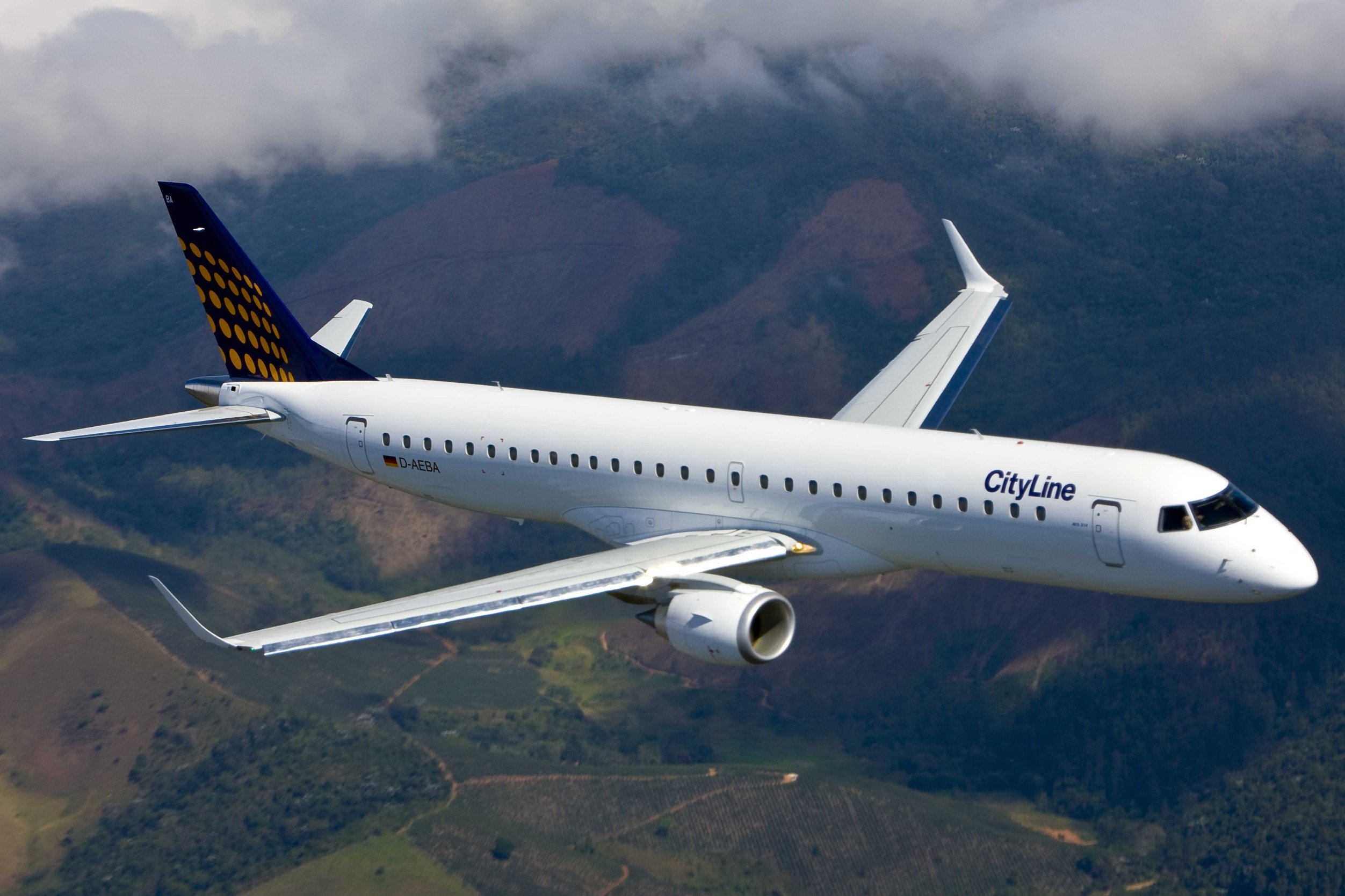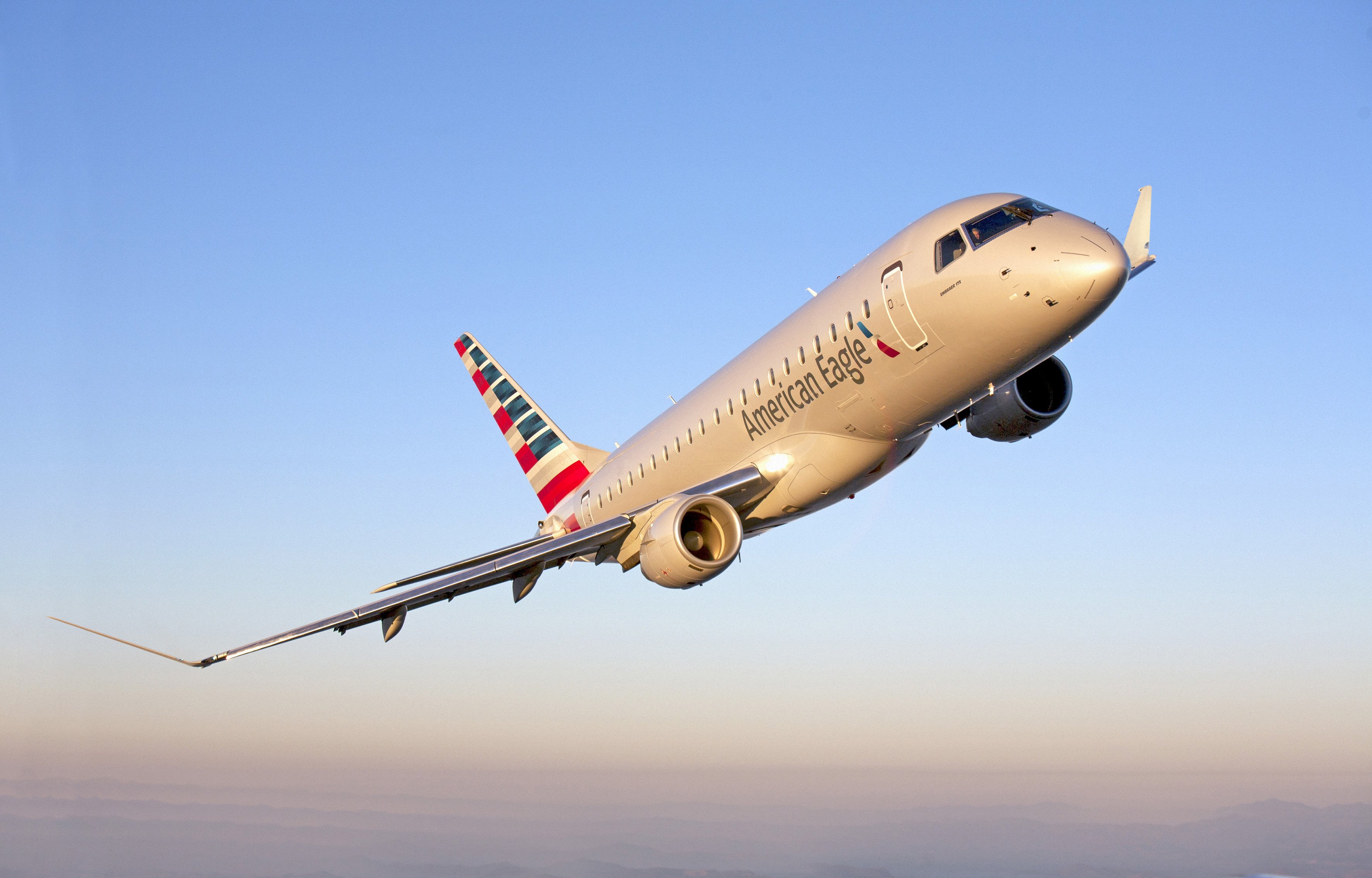The History and Evolution of Passenger Planes

The journey of passenger aviation is a captivating tale of innovation, ingenuity, and the ever-evolving desire to conquer the skies. From the early days of rudimentary aircraft to the sophisticated, high-capacity planes of today, the evolution of passenger planes has revolutionized travel and connected the world in unprecedented ways. This journey has been marked by key milestones, groundbreaking designs, and technological advancements that have transformed how we navigate the globe.
Early Days of Passenger Aviation
The dawn of passenger aviation can be traced back to the early 20th century, a time when the idea of flying was still considered a novelty. The first commercial passenger flights were short, often using modified biplanes with limited passenger capacity. These early flights were primarily for the wealthy and adventurous, as the technology was still in its infancy.
- 1914: The first scheduled passenger airline, St. Petersburg-Tampa Airboat Line, began operating in Florida, using Benoist flying boats to carry passengers across Tampa Bay.
- 1919: The first transatlantic passenger flight was made by the British aircraft manufacturer Handley Page Transport, carrying mail and passengers from London to Paris.
- 1920s: The development of the first all-metal aircraft, the Junkers Ju 13, marked a significant milestone in aviation history. This design offered improved strength and durability, paving the way for larger and more reliable passenger planes.
The Rise of Commercial Aviation
The 1930s witnessed a surge in commercial aviation, with airlines expanding their routes and passenger numbers increasing dramatically. This period was characterized by the development of more sophisticated aircraft designs, including the iconic Douglas DC-3, known as the “Dakota.” This twin-engine aircraft became the workhorse of commercial aviation, revolutionizing air travel with its reliability, range, and passenger capacity.
- 1935: The Douglas DC-3 entered service, becoming the most successful commercial aircraft of its time. Its design, featuring a retractable landing gear and a pressurized cabin, significantly improved passenger comfort and safety.
- 1939: The first transatlantic flight by a commercial airliner, the Pan Am Clipper, marked a significant achievement in aviation history. This event showcased the growing reach and potential of passenger aviation.
The Jet Age
The introduction of jet engines in the 1950s marked a turning point in passenger aviation. Jet engines provided significantly faster speeds and longer ranges, enabling airlines to connect distant cities with greater efficiency. The De Havilland Comet, the first commercial jet airliner, made its debut in 1952, ushering in the jet age.
- 1952: The De Havilland Comet, the first commercial jet airliner, entered service, revolutionizing air travel with its speed and range. It could fly from London to New York in just under eight hours, significantly reducing travel time.
- 1958: The Boeing 707, a larger and more advanced jet airliner, entered service, further solidifying the dominance of jet engines in commercial aviation. The 707’s design, featuring a swept wing and a pressurized cabin, offered increased efficiency and passenger comfort.
The Evolution of Modern Passenger Planes
Modern passenger planes are marvels of engineering, combining advanced technologies, innovative designs, and stringent safety standards. The evolution of passenger planes has been driven by a relentless pursuit of efficiency, comfort, and sustainability. Technological advancements, such as composite materials, advanced avionics, and fuel-efficient engines, have played a crucial role in shaping modern aircraft.
- 1970s: The development of wide-body aircraft, such as the Boeing 747 and Airbus A300, allowed for increased passenger capacity and longer routes, making air travel more accessible to a wider audience.
- 1980s: The introduction of composite materials in aircraft construction led to lighter and more fuel-efficient designs, reducing operating costs and environmental impact.
- 1990s: Advancements in avionics and flight control systems, including fly-by-wire technology, enhanced safety and efficiency, allowing for more automated and precise flight operations.
The Future of Passenger Planes
The future of passenger aviation holds exciting possibilities, with advancements in electric and hybrid propulsion systems, sustainable materials, and artificial intelligence poised to revolutionize air travel. These innovations promise to enhance efficiency, reduce emissions, and provide a more comfortable and personalized travel experience.
The Anatomy and Function of a Passenger Plane
.jpg/1200px-UnitedandVA_32315_(16735062459).jpg)
Passenger planes, marvels of engineering, are complex machines designed for efficient and safe transportation of passengers across vast distances. Understanding the anatomy and function of these aircraft is crucial for appreciating the science behind flight and the intricate interplay of various components that make it possible.
Fuselage
The fuselage is the central body of the aircraft, housing the passenger cabin, cockpit, cargo hold, and various systems. It is typically cylindrical in shape, providing structural integrity and a pressurized environment for passengers. The fuselage is made of lightweight yet strong materials, such as aluminum alloys and composites, which are designed to withstand stress and maintain aerodynamic efficiency.
Wings
Wings are essential for generating lift, the force that opposes gravity and allows the plane to ascend and stay airborne. They are airfoil-shaped structures, designed to create a difference in air pressure above and below the wing, generating lift. The wings are typically made of aluminum alloys, composites, and other materials that provide strength, flexibility, and aerodynamic efficiency.
Engines
Engines are the powerhouses of the aircraft, providing thrust to propel the plane forward. Modern passenger planes typically use turbofan engines, which are highly efficient and powerful. These engines draw in air, compress it, burn fuel, and then exhaust the hot gases, creating thrust. The engines are mounted on the wings or the rear fuselage, depending on the aircraft design.
Landing Gear
Landing gear is a crucial component that allows the aircraft to safely take off, land, and taxi on the ground. It consists of retractable wheels or skids, which are deployed during takeoff and landing. The landing gear is designed to absorb shock and distribute weight, ensuring a smooth and safe landing. The materials used for landing gear include high-strength steel, aluminum alloys, and composites, depending on the specific design.
Table of Key Components, Passenger plane
| Component | Function | Materials |
|---|---|---|
| Fuselage | Houses passenger cabin, cockpit, cargo hold, and various systems. Provides structural integrity and pressurized environment. | Aluminum alloys, composites |
| Wings | Generates lift, allowing the plane to ascend and stay airborne. | Aluminum alloys, composites |
| Engines | Provide thrust to propel the plane forward. | Aluminum alloys, composites, titanium |
| Landing Gear | Allows the aircraft to safely take off, land, and taxi on the ground. | High-strength steel, aluminum alloys, composites |
The Passenger Experience on a Modern Plane

Flying on a modern passenger plane offers a range of experiences, from the basic comfort of economy class to the luxurious amenities of first class. The journey itself is made safer by a comprehensive set of safety features and procedures designed to ensure a smooth and secure flight.
Cabin Classes and Amenities
Modern passenger planes typically offer three main cabin classes: economy, business, and first class. Each class provides a different level of comfort and amenities, catering to varying budgets and travel preferences.
- Economy Class: The most affordable option, economy class seats are typically arranged in a 3-3 or 2-4-2 configuration, offering limited legroom and recline. Amenities often include a personal entertainment system with a small screen, a reading light, and a power outlet. Some airlines offer additional features like in-flight Wi-Fi and meal choices.
- Business Class: Providing a more comfortable and spacious experience, business class seats offer increased legroom, wider seats, and a greater recline. They may also include additional amenities such as lie-flat seats, priority boarding, access to airport lounges, and enhanced meal service.
- First Class: The most luxurious option, first class cabins offer the ultimate in comfort and exclusivity. Seats are often spacious suites with lie-flat beds, personal entertainment systems with larger screens, and dedicated attendants providing personalized service. Additional amenities may include private bathrooms, champagne service, and gourmet meals.
Safety Features and Procedures
Passenger planes are designed with a comprehensive set of safety features and procedures to minimize risks and ensure a secure flight. These include:
- Redundant Systems: Modern planes have multiple backup systems for critical functions like engine control, navigation, and hydraulics. This redundancy ensures that even if one system fails, another can take over, reducing the likelihood of a catastrophic event.
- Emergency Exits: All passenger planes are equipped with multiple emergency exits strategically placed throughout the cabin. These exits allow passengers to quickly evacuate the plane in case of an emergency.
- Safety Demonstrations: Before takeoff, flight attendants conduct a safety demonstration, explaining the location of emergency exits, oxygen masks, life vests, and other safety equipment. They also guide passengers on emergency procedures in case of an evacuation.
- Fire Suppression Systems: Modern planes are equipped with advanced fire suppression systems that can automatically detect and extinguish fires in the engine, cargo hold, or cabin.
- Smoke Detectors: Smoke detectors are installed throughout the plane to alert the crew to potential fire hazards.
- Cabin Pressure Systems: Passenger planes maintain a safe and comfortable cabin pressure at high altitudes. If there is a loss of cabin pressure, oxygen masks will automatically deploy, providing passengers with supplemental oxygen.
- Flight Data Recorders and Cockpit Voice Recorders: These devices record flight data and cockpit conversations, providing valuable information in the event of an accident.
Cabin Class Comparison
The following table provides a concise comparison of the features typically found in economy, business, and first class cabins:
| Feature | Economy Class | Business Class | First Class |
|---|---|---|---|
| Seat Configuration | 3-3 or 2-4-2 | 2-2 or 1-2-1 | 1-1 or 1-2 |
| Legroom | Limited | Increased | Extensive |
| Seat Recline | Limited | Greater | Full Recline or Lie-Flat |
| Entertainment System | Small Screen | Larger Screen | Personal TV or Monitor |
| Power Outlets | Limited | More Available | Dedicated Power Outlets |
| Meal Service | Basic Meal and Snacks | Enhanced Meal Service | Gourmet Meals and Wine Selection |
| Amenities | Reading Light, Blanket | Additional Amenities like Lounge Access, Priority Boarding | Personalized Service, Private Bathrooms |
Imagine soaring through the sky in a passenger plane, a metal bird carrying hundreds of lives. The journey is serene, a testament to human ingenuity. Yet, beneath the calm, forces of nature can stir. We recall the tropical storm Debby and Hurricane Debby , a reminder that even our most advanced creations must respect the power of the elements.
Just as these storms can disrupt air travel, so too can they impact our lives in profound ways. The next time you board a passenger plane, take a moment to appreciate the marvels of engineering and the forces of nature that shape our world.
Imagine soaring through the sky in a passenger plane, the world a tapestry of clouds below. But what happens when nature throws a curveball? A powerful storm like tropical storm Debby hurricane can turn a peaceful flight into a turbulent experience.
The pilots, skilled navigators, work tirelessly to ensure the safety of all passengers, demonstrating the resilience and expertise needed to face such challenges.
